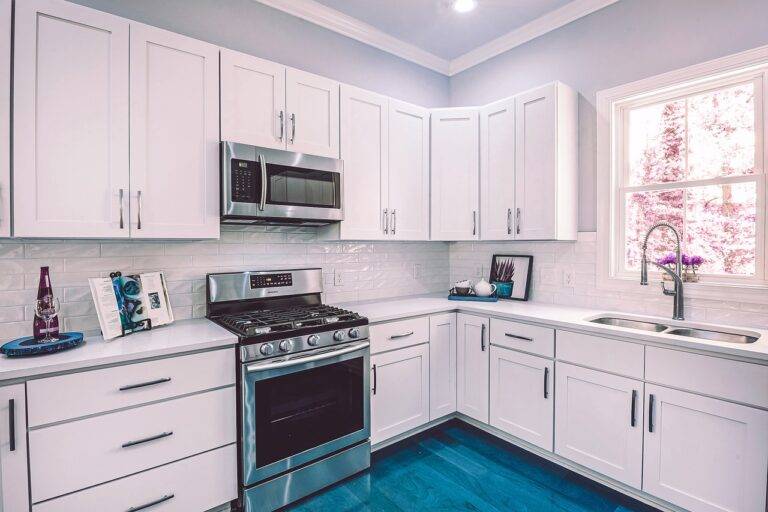The Benefits of Passive Solar Heating for Energy-Efficient Homes
Passive solar heating can significantly decrease energy bills by harnessing the power of the sun to warm up indoor spaces. Through strategically placing windows, thermal mass materials, and insulation, homes can efficiently absorb and retain solar heat during the daytime without relying on traditional heating systems. As the sun’s rays penetrate the windows, the thermal mass elements in the building store the heat and gradually release it, keeping the interiors comfortably warm even during colder periods. By minimizing the need for mechanical heating, households can experience substantial cost savings over time.
Furthermore, the utilization of passive solar heating not only contributes to economic benefits but also aligns with sustainable living practices. By reducing the reliance on fossil fuels and electricity for heating purposes, homeowners can lower their carbon footprint and lessen their environmental impact. Embracing passive solar design principles in construction or retrofitting existing structures can help individuals play a part in mitigating climate change while enjoying the financial advantages of decreased energy consumption.
Maximizing Natural Light Reduces the Need for Artificial Lighting
To take advantage of natural light in your home or workplace, consider positioning desks, workstations, or seating areas near windows. This simple adjustment can significantly reduce the reliance on artificial lighting during daylight hours, cutting down on energy consumption and lowering electricity bills. Choosing light-colored or reflective surfaces in your space can help maximize the distribution of natural light, creating a brighter and more inviting atmosphere.
In addition to reducing the need for artificial lighting, maximizing natural light can also have positive effects on mood, productivity, and overall well-being. Studies have shown that exposure to natural light can regulate our circadian rhythms and improve sleep patterns, which in turn can enhance focus and concentration during the day. By strategically utilizing natural light through thoughtful design and layout choices, you can create a more sustainable and comfortable environment while also reaping the benefits of a brighter and more naturally lit space.
• Position desks, workstations, or seating areas near windows to maximize natural light
• Use light-colored or reflective surfaces to enhance distribution of natural light
• Reduce reliance on artificial lighting during daylight hours to save energy and lower electricity bills
Maximizing natural light not only reduces the need for artificial lighting but also has a range of positive effects on mood, productivity, and overall well-being. Exposure to natural light can help regulate circadian rhythms, leading to improved sleep patterns and increased focus and concentration throughout the day. By incorporating more natural light into your space through strategic design choices, you can create a sustainable and comfortable environment that promotes wellness while enjoying the benefits of a brighter atmosphere.
Improved Indoor Air Quality from Natural Ventilation
Natural ventilation is a key element in creating a healthier indoor environment. By allowing fresh air to flow through a space, it helps to remove pollutants and improve air quality. This can significantly reduce the presence of indoor air contaminants such as mold, allergens, and volatile organic compounds that can have negative effects on our health.
In addition to reducing indoor air pollutants, natural ventilation also helps to regulate humidity levels within a building. By allowing for the exchange of indoor and outdoor air, it can prevent the buildup of excess moisture that can lead to mold growth and other respiratory issues. This balanced humidity level not only enhances comfort but also promotes a healthier living or working environment for the occupants.
How can passive solar heating lower energy bills?
Passive solar heating utilizes the sun’s energy to naturally heat a building, reducing the need for artificial heating and lowering energy bills.
How does maximizing natural light reduce the need for artificial lighting?
By designing a space to maximize natural light, there is less reliance on artificial lighting, which can lead to energy savings and a reduction in electricity usage.
How does natural ventilation improve indoor air quality?
Natural ventilation allows for the circulation of fresh air throughout a space, helping to reduce indoor pollutants and maintain a healthier indoor environment.
Are there any other benefits to incorporating natural ventilation in a building?
In addition to improving indoor air quality, natural ventilation can also help regulate indoor temperatures, reduce the need for mechanical ventilation systems, and create a more comfortable living or working environment.





